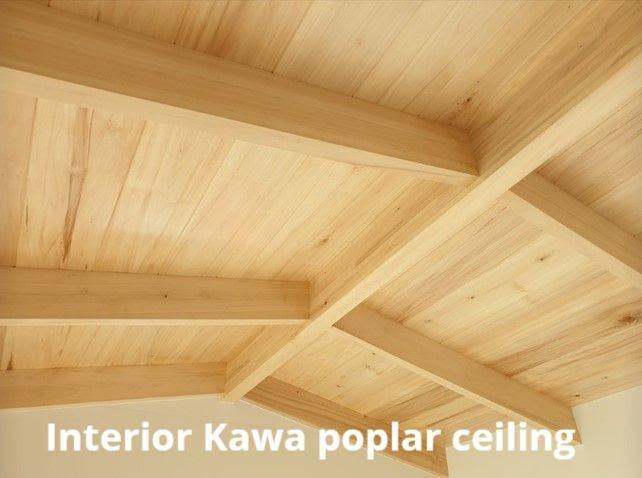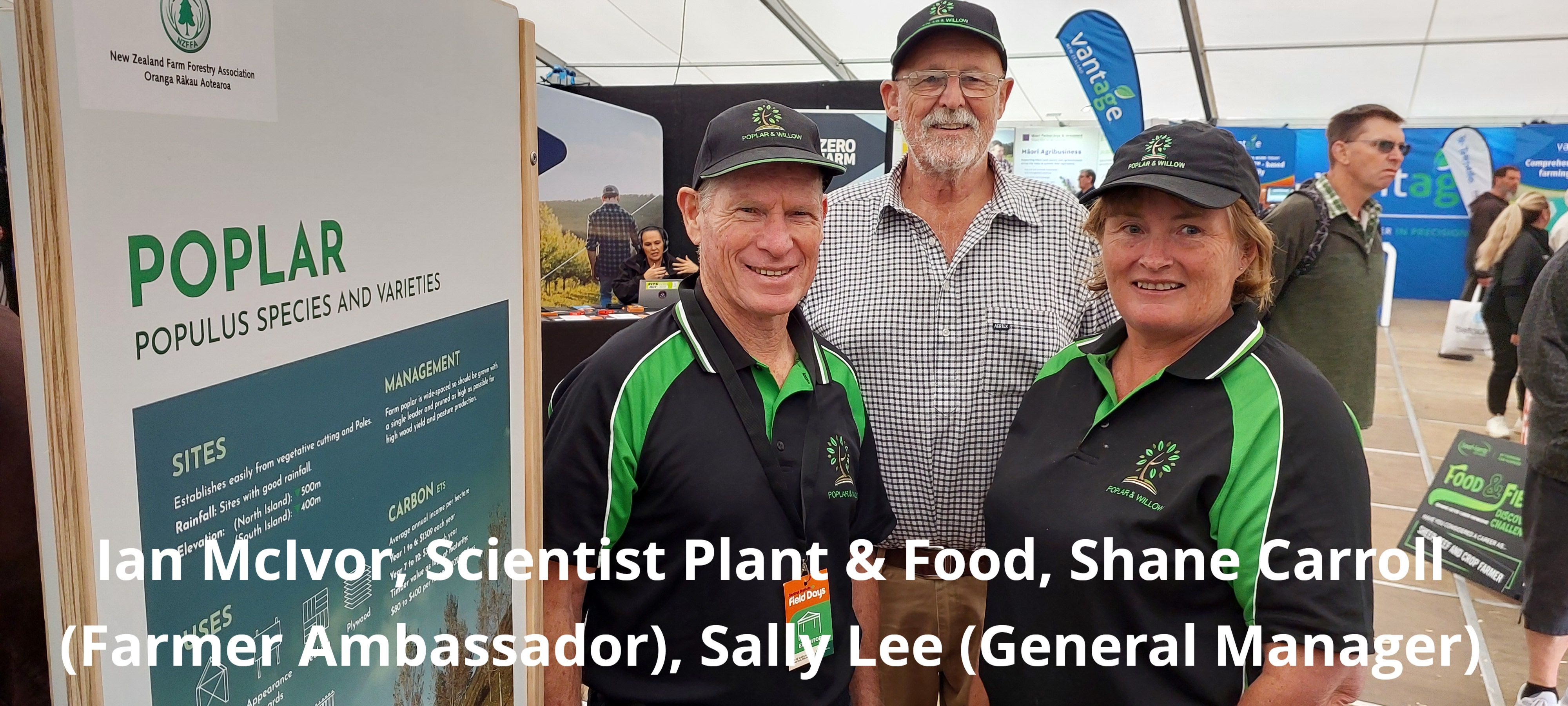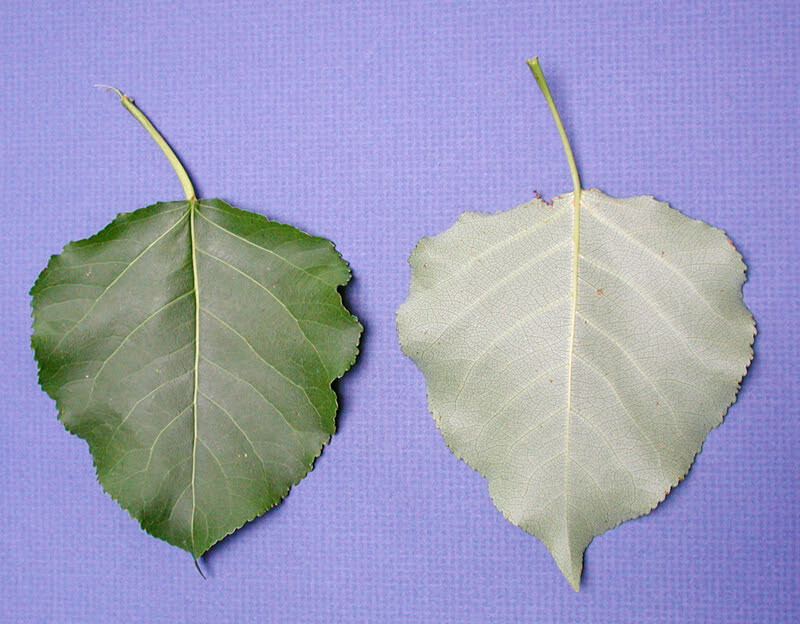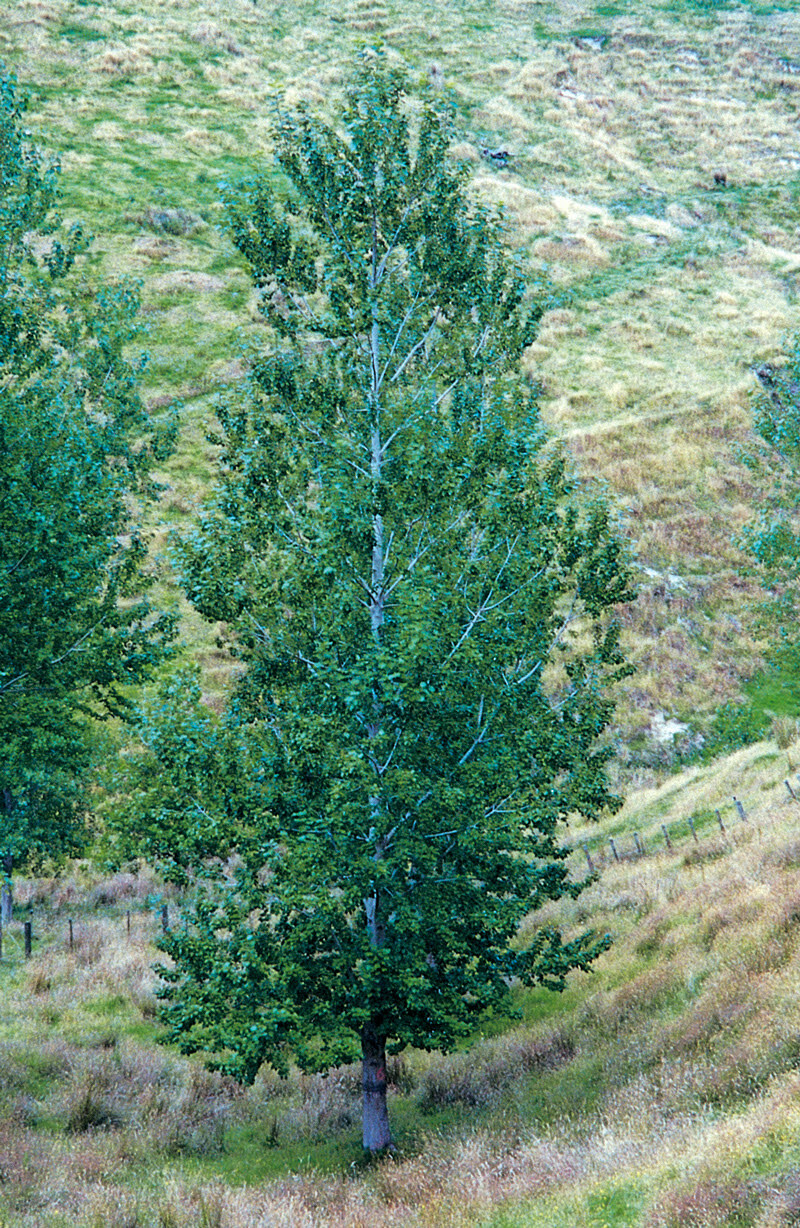Newsletter No. 1 April 2024
Posted on April 12, 2024

Welcome to our new look newsletter
Our focus is to get four newsletters out to you all that has a cross-section of information. We are always open to feedback, so let us know what you liked - what do you want to see more of or what you’d like to see less of. Enjoy the read.
Meet Sally Lee, our new General Manager
In January, Sally Lee took over the role of General Manager from Ian McIvor. Sally has had 20+ years in agribusiness and has recently moved to the Manawatu after selling their 500ha hill country property in the Waikato.
Sally has had experience in working with poplars and willows, starting out as a Land Management Officer for the HBRC. Whilst there, was also responsible for Coastcare, riparian management and Wetland Protection. Whilst her passion has always primarily been in the sheep and beef sector, she went on to work for the industry good organisation WoolPro, Meat & Wool Innovation, Meat & Wool and now known as B+LNZ, she has been able to integrate that with environmental work through her consultancy.
Sally is a Certified Nutrient Management Advisor and Certified GHG Advisor.
She brings to this role a wealth of agri-business contacts, organisational skills that will add value to the Trust.
In the Wake of Cyclone Gabrielle - Willows and poplars did their job - Ian McIvor
Cyclone Gabrielle! Aagh - what a big hit. Categorised as a 1 in 500-year storm event by NIWA it surpassed Bola in the statistics standings.
How did the bioengineering assets on our pastoral hills and riverbanks fare? Did they do their job? Did they stand tall amidst the saturated soil and scoured riverbanks?
A report published in April 2023 by Interpine Innovation for Hawke’s Bay Forestry Group sampled woody debris along 280 km of coastline from Cape Kidnappers to Mahia Peninsula. Poplar and willow debris was well represented being 38% of all woody debris by volume and the dominant contributor at river mouths and inland river sample sites (pine/conifer was 51%).
In March 2024, 13 months after Cyclone Gabrielle, I had occasion to travel along the Tutaekuri River stopping off at numerous sites to look at how the willow edge protection fared. I also viewed (from the road) the extensive erosion on pastoral land within the catchment of the Esk and Mangaone rivers. The Mangaone river contributed a large volume of water and woody debris into the Tutaekuri river.
On the land
North facing slopes were more heavily eroded than south facing slopes. Steeper slopes were more heavily eroded than shallow slopes. This is typical. However, few slip tails reached a waterway and the slip tails greened up within weeks. I did not see any poplars that were planted for soil conservation that were toppled in the cyclone and well planted slopes did not slip. By well-planted I mean groups of spaced trees across the slope, not isolated trees. What soil slipped down the slopes was still there on the farm on either a lower slope or on the flats.
The poplar and willow debris on the beaches did not come from the hill slopes.
Along the river
The woody debris found in the coastline survey came out of the rivers and streams in each catchment. There was a lot of driftwood, shrubs and trees of a range of species on river berms that the flood mobilised or uprooted and carried on to the sea.
How did the willows and poplars protecting the riverbanks cope with the flood of water released by the cyclone?
For most of the stretch of the Tutaekuri river included in the Regional Council flood protection scheme the willow and poplar front edge protection sustained the barrage of water and floating debris and remained firmly rooted. Some front-edge tree willows were flattened but not uprooted as is clearly visible in Google Earth. Look at the Google imagery before the cyclone and after the cyclone to see the extent to which the willows weathered the flood (which in places reached half the height of the trees).
The exact sources of the poplar and willow debris found on the beaches are hard to identify without a thorough survey. What we do know is that the front-line troops, willows and poplars, that took the full force of the onslaught, held the line and live to do the same job again, even if they lost some branches to Gabrielle.
Poplar Action Group (PAG) - Allan Fraser
Goal
Promoting and supporting the growing, processing and marketing of poplar wood and poplar and willow fibre/ chemical products.
Background
The PAG is one of a number of Action Groups established within the NZ Farm Forestry Association (NZFFA) and was formed in April 2023 to encourage the planting and utilisation of poplar trees in New Zealand with a focus on developing a commercial market in NZ for poplar timber. The group also has an interest in encouraging the planting and utilisation of willow trees. Seventy people participated in the meeting held to establish the group and a management committee of 10 members was set up. It established Objectives as detailed below.
A well regarded timber product potentially provides for a good income from mature poplars planted for soil conservation (or grown in plantations) especially if good silvicultural practices are undertaken. If a commercial market can be established the incentive to plant poplars for soil conservation will be enhanced and supports the Trust’s purpose of undertaking “research and development -…of poplar and willow trees … for purposes such as soil conservation, river control and sustainable land management’. This also aligns with government’s goal of achieving greater diversification in timber species.
Poplar is an important timber species in the northern hemisphere and limited milling here in NZ has demonstrated a demand for a range of uses including fencing materials, decking (including on transport vehicles) and as an internal building material but it has not gained approval at this stage as a structural timber.
Nevertheless, some research has been undertaken. Assessing treated ‘Kawa’ poplar timber for external and internal use was carried out by Dean Satchell, Northland Regional Council in 2022. As part of a wider study into the methodology in selecting the trees, milling the logs, treating the timber and using it in construction. The research was commissioned by the Council, with support from the MPI Hill Country Erosion Fund. One component was to construct a cabin with thermally treated poplar to determine structural suitability over time.
PAG Objectives
- Investigate and report on matching poplar cultivar to climatic region providing climatic and growth data where possible.
- Encourage research into timber properties of different poplar cultivars\
- Build knowledge of milling, drying, sawing and storing of poplar timber. including knowledge on where timber varying in density can best be used, e.g., timber may require high density wood, whereas other products require good compressibility (low density).
- Encourage research into the opportunities for use of poplar and willow for the production of products based on fibre/chemical content.
- Establish code compliance for poplar timber and high value end products.
- Identify potential markets for poplar timber and high value end products.
- Establish a business case for producing timber from plantation and spaced poplar on a commercial scale in NZ.
- Promote the knowledge gained to encourage the wider planting and commercial management of these species.


What should you be thinking about now
- If you are dry and needing extra feed for your stock, consider pollarding your poplar or willow trees.
- Get your orders in for winter poles by contacting your local regional council
- Trees within Farms workshops via Beef & Lamb NZ (www.beeflambnz.com)
- Alternative Species workshops via NZFFA (www.nzffa.org.nz)
Central Districts Field days
It was great to meet a range of end users of poplar and willow and provide resources to those that visited the site we shared with NZFFA.

Showcasing … Shinsei
Shinsei was first released commercially in 2000. Shinsei has small round leaves with a crinkled, undulating leaf appearance. The leaves are dark green on the upper surface and whitish-green below. It leafs up earlier in spring than most of the other poplars.
The stem colour is grey-green, and the branch and trunk surfaces are smooth in texture. Shinsei has a narrow crown and does not grow heavy branches, reasonably wind tolerant, is resistant to leaf rusts, leaf anthracnose and has low possum palatability.

